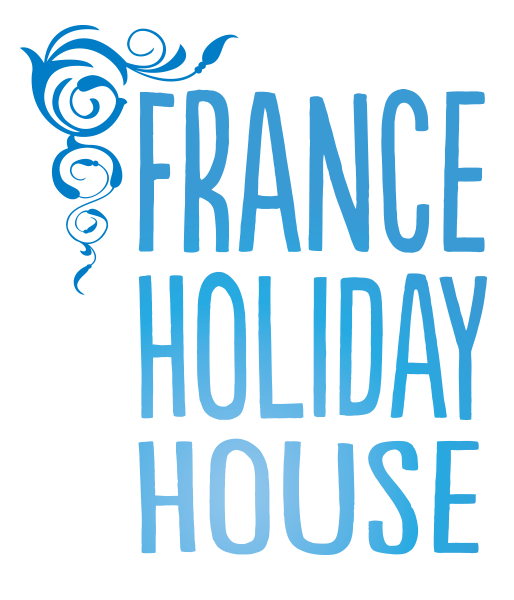Essential Sights of the Languedoc Area
You could visit a different site every day of the year and still not see everything this region has to offer. These are just a few of the most compelling:
The Ancient Cité de Carcassonne
About an hour and a half’s drive. Over a thousand years old and still a fully functioning fortified city, Carcassonne is a spectacular and well preserved stronghold originally owned by the Counts of Toulouse. It is the largest medieval fortress in Europe.
The Pont du Gard and the Roman Arena at Nimes
1.5 hours’ drive. A breathtaking example of Roman engineering brilliance, the 3 tiered Pont du Gard aqueduct spans a beautiful river valley ideal for picnics and swimming. A photographer’s dream.
In nearby Nimes, this enchanting city is centred around a Roman amphitheatre not unlike the Colosseum, still in use as a concert venue and a treat to explore by day.
The Cathar Fortress of Montsegur
3 hours’ drive. The story of the final seige of Montsegur and the martyrdom of the Cathars is a turning point in French history. The haunting remains of the mountaintop stronghold provide a spectacular outlook tinged with a chilling echo of remembrance of past events.
The Languedoc is peppered with the remains of Cathar strongholds, from Beziers to Montsegur, making this area a virtual pilgrimage for historians and grail-hunters alike.
The 9 Locks of Beziers
20 mins drive. On the outskirts of Beziers, Les Neuf Ecluses is a fascinating feat of hydro-engineering built in 1660 by Paul Ricquet,, where every day, canal boaters on the Canal du Midi pilot their vessels through a series of locks dropping them 135 metres to continue their journey onwards.
Local Wine Tasting
The countryside of the Languedoc is covered with vineyards, especially those of small specialised domaines. Usually family run plots, many make their own wines and provide tasting and cellar sales. Others bring their fruit to the local ‘cave’ where they are blended to create a range of wines unique to each area.
The village caves will also sell their wines by the litre and locals bring their own flagons to fill for a cheap and cheerful table wine which can be surprisingly good.






